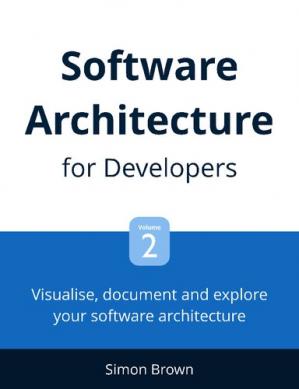This book focuses on the visual communication and documentation of software architecture. I’ve seen a number of debates over the years about whether software development is a craft or an engineering discipline.
Although I think it *should* be an engineering discipline, I believe we’re a number of years away from this being a reality. So while this book doesn’t present a formalized, standardized method to communicate software architecture, it does provide a collection of ideas and techniques that thousands of people across the world have found useful.
The core of this is my C4 software architecture model and the software guidebook. You’ll also find discussion about notation, the various uses for diagrams, the value of creating a model and tooling.
Book Summary:
This book focuses on the practical aspects of software architecture, including visualization, documentation, and exploration techniques. It provides guidance on effectively communicating and documenting architectural decisions to stakeholders and teams.
Key Learnings and Insights:
- Techniques for visualizing software architecture, such as using dependency diagrams, component diagrams, and context diagrams.
- The importance of creating lightweight documentation that effectively communicates the architectural decisions, trade-offs, and constraints.
- Using tools and approaches to explore and analyze software architecture, such as static analysis, code reviews, and architectural refactoring.
- Collaborating with stakeholders and teams to ensure a shared understanding of the architecture and to align it with the business goals.
- Applying architectural thinking at different levels, including system, subsystem, and component level, to create scalable and maintainable systems.

